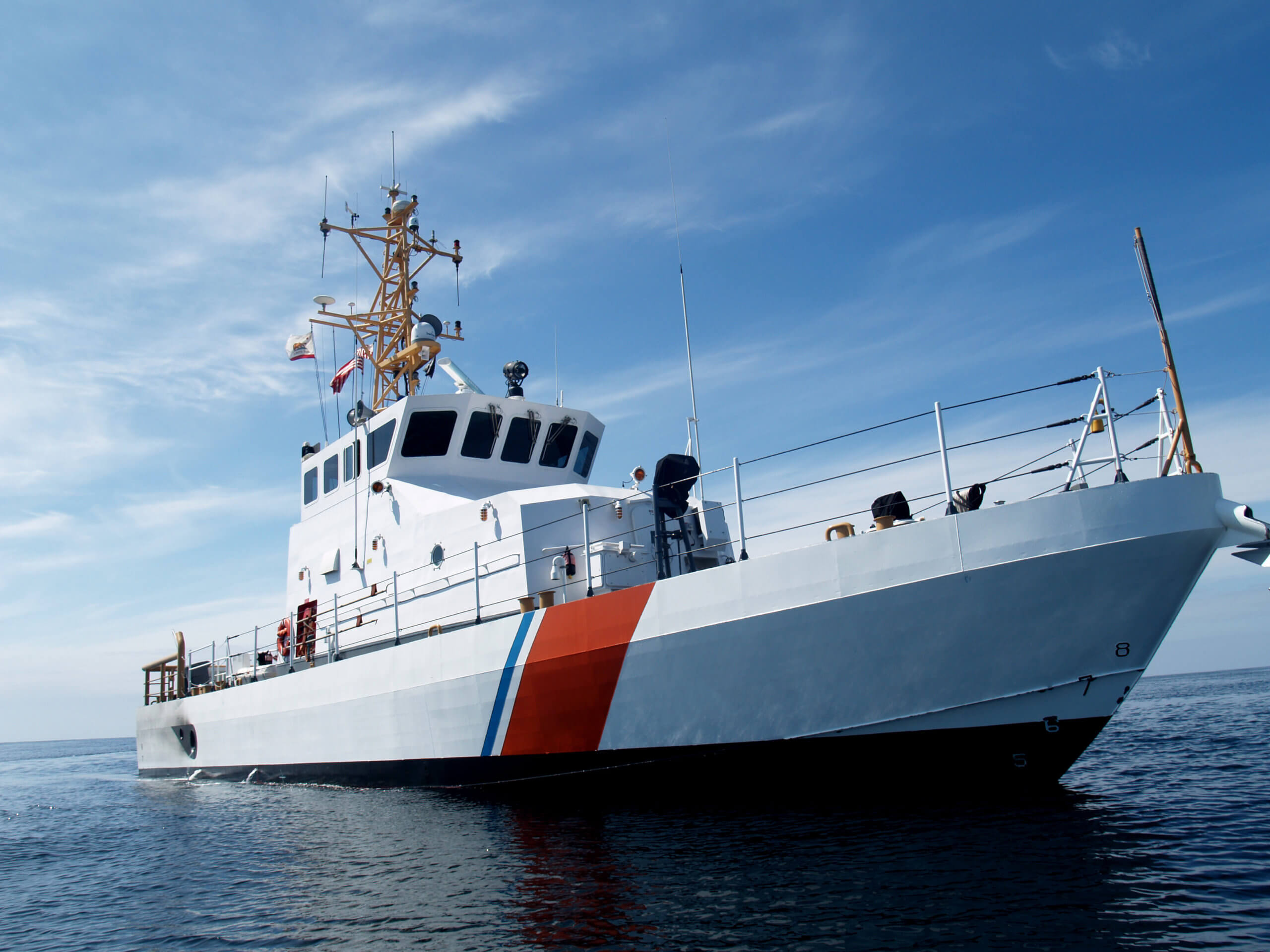The Small Craft Advisory – That Means You!

When we recently wrote about hurricanes, it illustrated how important it can be to drill down into a simple weather report for a day to get the projections by hour. But there is another common newsflash that is heard by those that go down to the sea in ships, the Small Craft Advisory. This column is about that.
Small Craft Advisory
Despite conventional wisdom, the U.S. Coast Guard does not issue Small Craft Advisory warnings. They are issued by NOAA’s National Hurricane Center. What constitutes the threshold for an advisory? It is relatively straightforward. Quoting the USCG’s Storm Center: “The threshold conditions for the Small Craft Advisory are usually 18 knots of wind (less than 18 knots in some dangerous waters) or hazardous wave conditions.”
Wikipedia puts it as: “A small craft advisory is a type of warning issued by the National Weather Service in the United States. It is issued when winds have reached, or are expected to reach within 12 hours, a speed marginally less than gale force.”
It is issued to alert mariners to sustained (more than two hours) weather or sea conditions, either present or forecast, that might be hazardous to small boats.
In one of those moments that make you scratch your head, on February 15, 1989, the National Weather Service retired its Coastal Warning Display network nationwide. For over 100 years, display stations were established at yacht clubs, marinas, and Coast Guard stations to hoist flags, pennants, and colored lights to warn mariners of storms at sea. The display stations were individually notified by the NWS to raise the signals and again to lower them when the hazards passed. The NWS paid for the visual signals; however, the display stations were operated by other agencies or volunteers. So someone thought it was a good idea not to rely on other agencies and volunteers. The radio and news services would have to do.
As time passed, this became worrisome. When National Oceanic and Atmospheric Administration’s own report, “Population Trends Along the Coastal United States: 1980-2008,” noted that the narrow coastal fringe that makes up 17 percent of the U.S.’s contiguous land area is home to more than half of its population, action was taken. On June 1, 2007, the U.S. Coast Guard re-established the program. From its press release of May 30, 2007, it said, “The re-establishment of this program, discontinued by the National Weather Service in 1989, re-enforces the Coast Guard’s role as lifesavers and visually communicates that citizens should take personal responsibility for individual safety in the face of an approaching storm.”
What Other Warnings Are There?
Several — all of which mean head in if you are out, or stay home if you aren’t.
Dense Fog Advisory: A dense fog advisory is issued when widespread fog is expected to reduce visibility to quarter-mile or less over a large area for an extended period of time (more than three hours).
Wind Advisory: A wind advisory is issued when sustained winds of 31 to 39 mph or gusts of 46 to 57 mph are expected for three hours or longer.
Gale Warning: Gale warnings are issued when winds within 39 to 54 mph (34 to 47 knots) are expected within 24 hours, or frequent gusts between 35 knots and 49 knots are expected. Gale warnings may precede or accompany a hurricane watch.
Storm Warnings (wind over water): Storm warnings are issued when winds within the range of 55 to 73 mph (48 to 68 knots) are expected within 24 hours.
Hurricane Watch/Warning: A hurricane warning indicates that hurricane winds of 74 mph (64 knots) and higher, or a combination of dangerously high water and rough seas, are expected to impact a specified coastal area. When a hurricane warning is announced, hurricane conditions are considered imminent and may begin immediately, or at least within the next 12 to 24 hours. When a warning is announced, it is of utmost importance that precautionary measures are taken for protection of life and property.
What IS a Small Boat?
There is no legal definition of what constitutes a “small boat.” With that said, if you parsed through the COLREGs, you could make a reasonable argument based on those regulations that a “small boat” is under 60 feet. So, if there is a Small Boat Advisory and you’re thinking about making way in your 25-foot Parker, understand that you are likely standing into danger.
BTW, if you are interested in being part of USCG Forces, email me at JoinUSCGAux@aol.com or go directly to the D1SR Human Resources Department, which is in charge of new members matters, at DSO-HR and we will help you “get in this thing . . .



